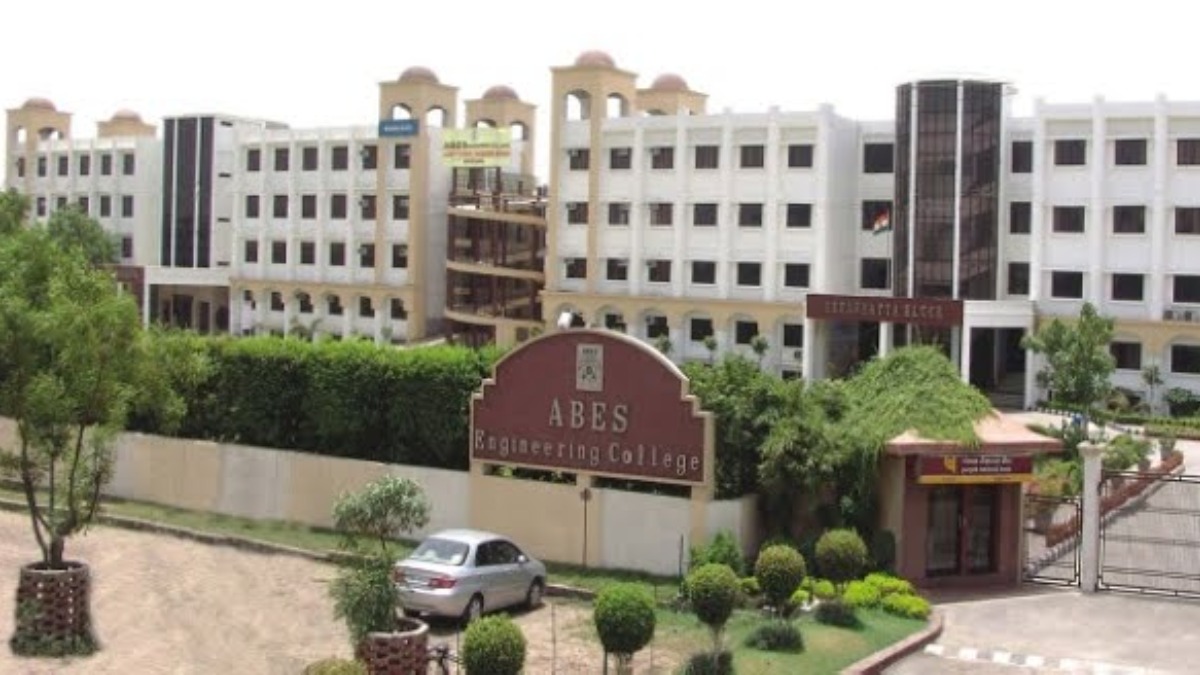It is popularly said, “Rome was not built in a day“. This saying holds true for all the academic institutions of the world in general and the world-class universities in particular. In fact, the top colleges and universities of the world have their own histories and road maps that make them successful.
In the Indian context, we find that this country has produced a large number of world-class colleges and universities. What we now call the leading universities of the country were once educational startups. The top 10 colleges in Ghaziabad, Noida, and Delhi have traced a particular trajectory to reach the state that they are currently in. Let us examine the success factors that go into the making of a leading college or university.
Conceiving an ecosystem of innovation
Innovation is the food for thought of any academic institution. It is extremely important for an institution to foster an ecosystem of innovation if it is to progress to the standards of a leading university. What is equally important is the provision of research and personality growth that happens in this environment. Different types of discussion forums, skill development centers, idea factories, incubation centers, and technological workshops are essential components that help in conceiving an ecosystem of innovation within an institution. Needless to mention, this type of ecosystem gives rise to leading researchers and scientists who can take the baton of the institution forward.
A chain of institutions
The biggest characteristic of any academic institution is its network of colleges spread across the country. One of the visible parameters of the growth of an institution is the number of colleges that are affiliated with it. This may also include various branches of the same college that are present in different cities. A chain of institutions signifies that the parent institution has been able to create a network of research as well as an alliance of learning in different parts of the country. The benefits of having branches in wide geographical regions are the quality of talent as well as the level of diversity that reaches a college.
Quality of teaching
Quality of teaching signifies the rate of academic growth of an institution. One of the important parameters for improving the quality of teaching within an institution is the direct recruitment of experienced faculty members. Experienced faculty members motivate the students to learn and research on their own and contribute to technological growth and development. World-class teaching happens when students and teachers are on the same research platform and are zealous to turn research into reality. High-quality teaching not only enables the students to understand complex concepts effortlessly but also gives the students great freedom of thorough questioning.
Interdisciplinary curriculum
An interdisciplinary curriculum signifies the diversity in the learning process at different levels. Interdisciplinary curriculum relates to STEM programs of Science, Technology, Engineering, and medicine. It helps in nurturing the knowledge of diverse subjects and provides multiple research themes to the students during higher levels of study. In addition to this, this type of curriculum also improves the job prospects of students as it allows them to seek employment in various fields. An interdisciplinary curriculum is a vital feature of leading colleges and universities of the country as it decreases the chances of forced learning and increases the interest of students.
Research and development
Research and development is the foundation stone of a college if it needs to make a place in the list of institutions of eminence in the country. When a college reaches to the level of research, it starts contributing to various spheres of social, economic, and technological development. This is usually regarded as a mature stage of a college as it starts yielding positive outcomes. Needless to mention, the research levels of a college are an important factor for its transition to a full-fledged university.
State-of-the-art infrastructure
The well-developed infrastructure of a college in the form of laboratories, skill centers, incubation centers, industrial parks, and software development clusters are a testimony of great learning and research that happens within the campus. The state-of-art infrastructure of a college facilitates great research and helps in building a culture of innovation. Good infrastructure is a sign of advancement that the college has made in the recent past.
The way ahead
Apart from the above-mentioned characteristics, it is the commitment of a college to quality teaching, innovation, and research that determines its growth and progress in the long run.

